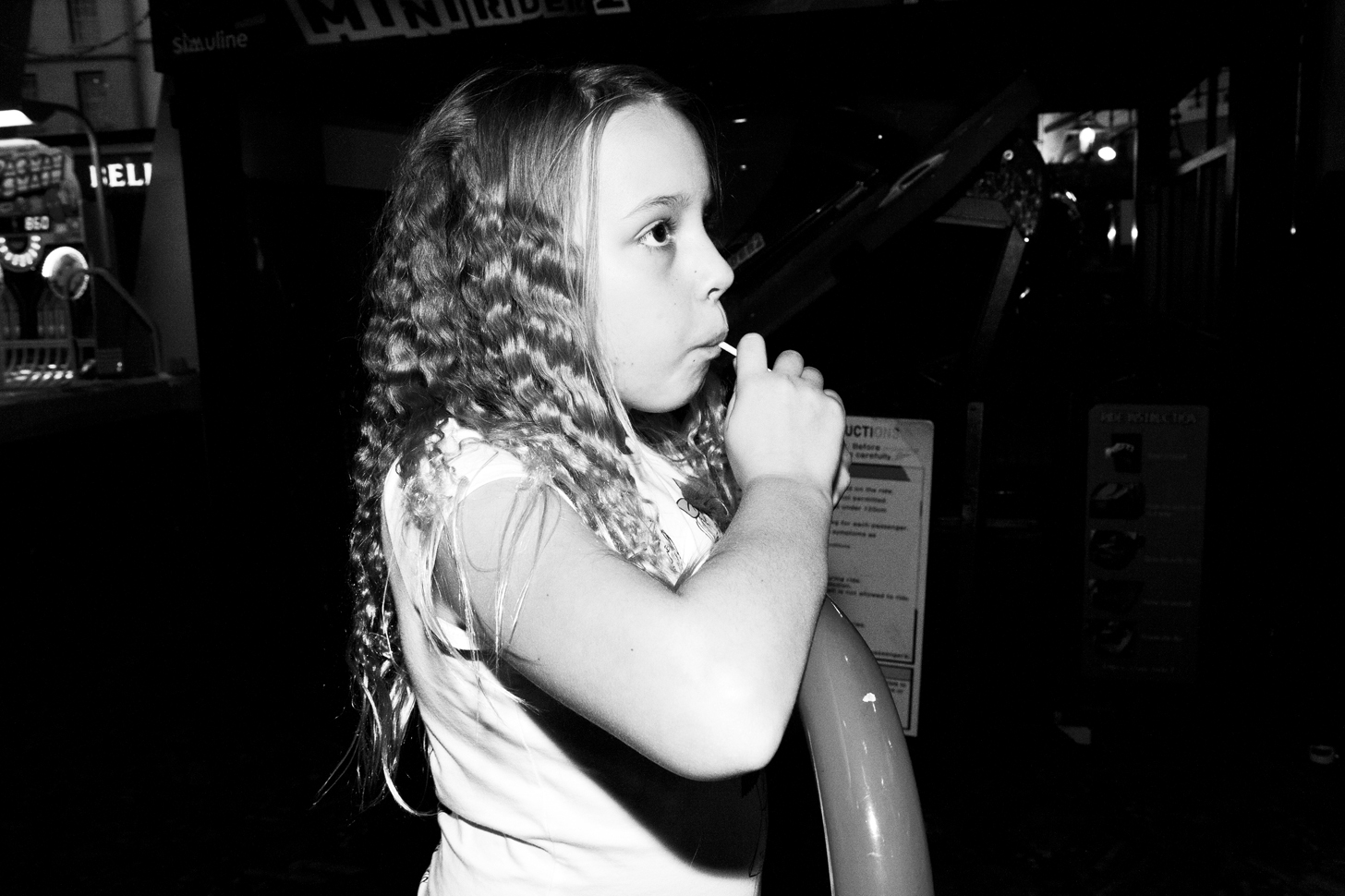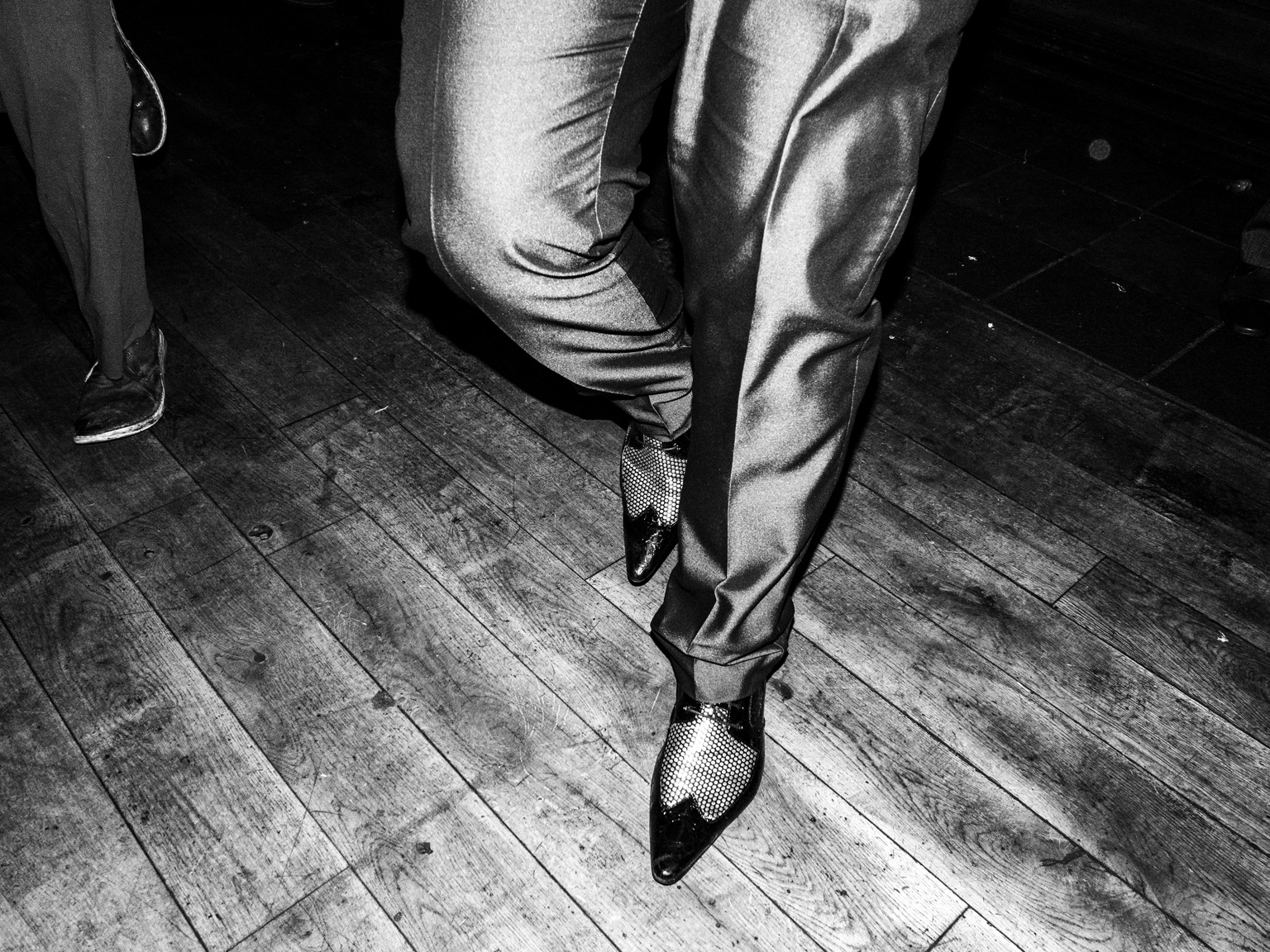











Tiger Bay
Cardiff. South Wales, UK , 2014.
Tiger Bay, Bae Teigr in Welsh, is the name with which this part of Cardiff, the capital of Wales, was known in the old times. The face of the city that looks at the sea, home of the old docks, which hosted the main exporting industry of coal in Britain at the beginning of twentieth century. Tiger Bay was the biggest multicultural community in Britain outside London, due to the settlement of sailormen, dockworkers and their families from different parts of the world, mainly from Horn of Africa's countries.
With the process of decline of the industry started after Second World War, the place begun to lose its industrial use and in 1987 a plan of regeneration was given shape under the so called Cardiff Bay Development Corporation, which aimed to attract private capital by spending public money. Following a tendency started in other British cities and towns, “a new unplanned landscape emerged simbolizing the New Labour's attempt to transform the Welfare State into a giant business” * (1)
Nowadays, Cardiff Bay is one of the biggest seaside leisure areas in Europe. The space is filled with restaurants, cafes, an auditorium and recreational facilities. There is nothing left from the industrial past like if it never existed. The old local community has been kept apart from this process, and a lack of identification with this new real state artifact appears as a general feeling.
This is a work about this “regenerated” and “modernised” place through my own experience and the people that i came across. Modernization understood as a process of “disembedding”; the “lifting out of social relations from local contexts and their recombination across infinite tracts of space and time. Many human beings physically absent from each other, not constrained by the mediation of place” (2) . It is an attempt to speak about how people experience this artificial new spaces and their consequences on our behaviour. The violence and uncertainty that involves and its weight on individuals, which seem to be confronting themselves with an untrustworthy environment. A community formed by many communities, separated from each other and a history whose weight has been weakened by the competition of market forces.
1*Owen Hatherley, “A guide to the new ruins of Great Britain”, Verso Books, London, 2010
2*John Berger, “Ways of Remenbering”, “The CameraWork Essays: context and meaning in photography”, Rivers Oram Press, London, 1997.
Exhibition “A tale of two cities”, Butetown History and Arts Center, Diffusion International Festival of Photography, Cardiff, 2014.


Tiger Bay, Bae Teigr en galés, es el nombre con que se conocía esta parte de Cardiff, la capital de Gales, en los viejos tiempos. La cara de la ciudad que mira al mar, hogar de los viejos muelles, albergaba la principal industria de exportación de carbón en Gran Bretaña a principios del siglo veinte. Tiger Bay fue la mayor comunidad multicultural del país después de Londres, debido al asentamiento de marineros, trabajadores de los muelles y sus familias de diferentes partes del mundo, principalmente procedentes de los países del Cuerno de África.
Con el proceso de decadencia de la industria que comienza después de la Segunda Guerra Mundial, el lugar comenzó a perder su uso industrial y en 1987 se dió forma a un plan de regeneración bajo la llamada Cardiff Bay Development Corporation, que pretendía atraer capital privado a través del gasto de dinero público. Siguiendo una tendencia comenzada en otras ciudades y pueblos británicos, “emergió un nuevo paisaje no planificado que simbolizaba el intento del Nuevo Laborismo de transformar el Estado de Bienestar en un negocio gigante” * (1)
Hoy, Cardiff Bay es una de las mayores zonas costeras de recreo de Europa. El espacio está lleno de restaurantes, cafés, un auditorio e instalaciones recreativas. No queda nada del pasado industrial y, una vez allí, parece que nunca hubiera existido. La vieja comunidad local ha sido apartada de este proceso, y una falta de identificación con este nuevo artefacto inmobiliario parece ser un sentimiento generalizado.
Este es un trabajo sobre el lugar a través de mi experiencia y las personas con las que me encontré. En Cardiff Bay encontré múltiples comunidades distanciadas entre sí como consecuencia de la modernización y de la “regeneración urbana”. La modernización entendida como un proceso de “desembarazo”, la “extracción de las relaciones sociales de los contextos locales y su recombinación a través de extensiones infinitas de espacio y tiempo. Muchos seres humanos ausentes físicamente entre sí, no limitados por la mediación del lugar”. (2). La producción de esta serie de fotografías es un intento de hablar sobre cómo las personas experimentan estos nuevos espacios artificiales y sus consecuencias en nuestro comportamiento. La violencia y la incertidumbre que implica y su peso en los individuos, que parecen enfrentarse a un entorno poco fiable. Una comunidad formada por muchas comunidades, separadas entre sí y una historia cuyo peso se ha debilitado por la competencia de las fuerzas del mercado.